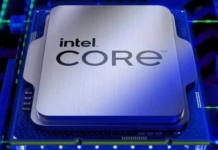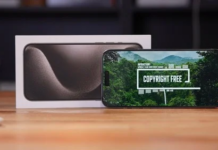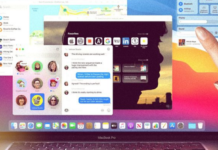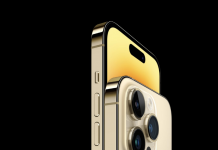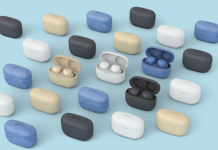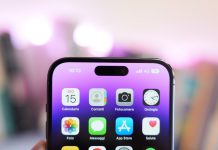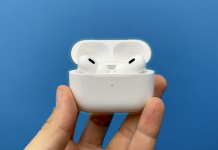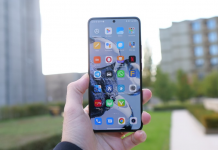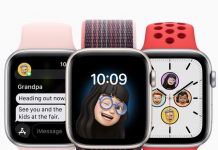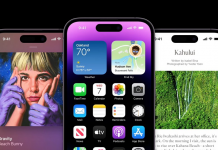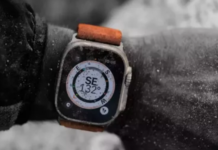A flexible micro LED screen that sticks to the skin? This invention is due to a Japanese researcher, Takao Someya. The screen can wirelessly connect to sensors to measure heart rate, for example. Or your smartphone to display any type of text or graphic. The type of material used by the sensors, gold nanoscale networks, allows the skin to breathe for continuous use for seven days. A technology for the medical, but one that could find many other opportunities!
Electronic skin, or at least flexible screens capable of adhering to the skin could become common in the near future. And this is probably thanks to the invention of the Japanese professor Takao Someya. Its screen was developed in collaboration with researchers from the School of Engineering at the University of Tokyo and Dai Nippon Printing, one of Japan’s leading print companies. It consists of a grid of 16 x 24 micro LED, mounted on an elastomer support. Contacts leading electricity are themselves stretchable. The fineness of the device allows it to embrace all the movements of the skin even the most abrupt.
This flexible screen sticks to the skin and displays your heart rate!
In the video, for example, a researcher can be seen bending and unfolding his hand with the skin-screen glued to his palm, without the display being bugged or the skin peeling off. The team behind the discovery says great efforts have been made to make this invention particularly resistant to wear and tear. The structure of the screen reduces the stresses that result from stretching especially at the junction with hard materials like micro LEDs. It is also the first prototype flexible screen to remain stable in all situations: 100% of pixels respond correctly 100% of the time. even during deformations.
The primary destination of this skin-sticking screen is the medical field:“the aging of the population requires wearable sensors that take into account the user, and allow them to simply control their vital signs”,which they believe will reduce the burden of care on the patient’s life. In addition to this screen, the researchers looked at a series of sensors that can be painted on the skin. All thanks to gold nano-networks that allow the skin to breathe, allowing the sensors to be left on the skin, safe for your health, for a week.
In a first demonstration we can see the skin-screen display the heart rate picked up by one of these futuristic sensors. The manufacturing process would allow for commercialization“within three years.” Of course, we can already consider applications other than the medical field. The microLED network can probably be refined – it could, for example, use your forearm as the screen on your smartphone. Do you think that this kind of screen on the skin will become our daily life tomorrow? Share your thoughts in the comments in this article!




